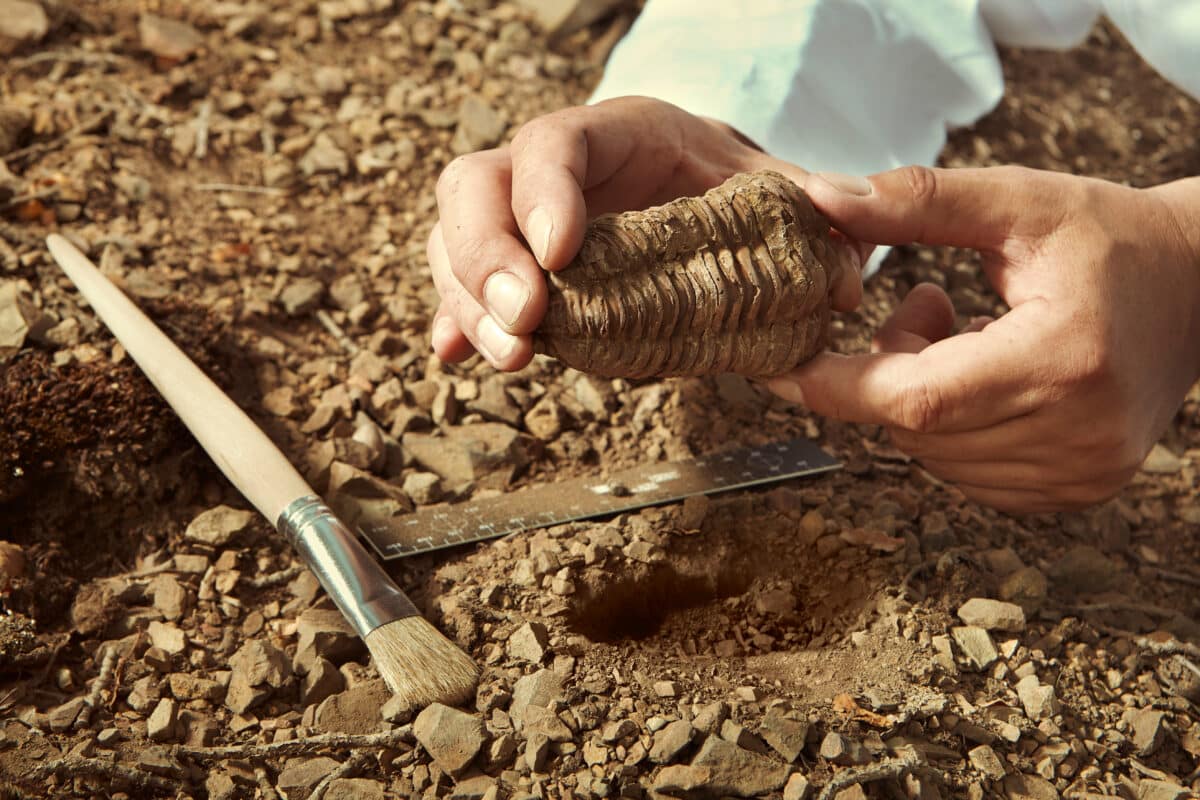fossils
“Darwin’s Lost Fossils Found In Desk Drawer”

Alas, Precambrian Microfossils Are Not the Solution to Darwin’s Dilemma
Watch Oxford Mathematician John Lennox’s Response to Stephen Hawking’s Grand Design
Discovery of “Oldest Fully Aquatic Whale” Fossil Throws a Major Bone into Whale Evolution Story
Australopithecus sediba: The Hype-Cycle Starts Again
Southern California, University of Oklahoma, Southern Methodist University: Metamorphosis Prepares to Touch Down in Your Town! (Or Very Nearby)
Meet Pakicetus, the Terrestrial Mammal BioLogos Calls a “Whale”
In a previous post, we noted some fish-related problems with BioLogos’s page discussing the fossil record. But these aren’t the only marine mistakes on the page. BioLogos says regarding the evolution of whales: Recently, a 52-million-year-old whale fossil, Pakicetus, was found in Pakistan. It was clearly a small, wolf-sized whale, but it did not have the characteristic fat-pad, a structure that allows the whale’s jaw vibrations to be used for hearing. Also, its teeth were much like those of the terrestrial animals already thought to be related to whales. Aside from the fact that Pakicetus was discovered in 1983 (not exactly “recently”), there’s quite a bit more that should be said about this fossil. The claim that Pakicetus is a Read More ›
Something’s Fishy With BioLogos’s Description of Fish Fossil Record
In a prior post, I discussed how BioLogos’s website has a page titled “What does the fossil record show?” which is conspicuously missing any mention of the Cambrian explosion, or any other explosions in the history of life. The page also has other errors and omissions. In a section titled “Evidence of Gradual Change,” it states: “At 500 million years ago, ancient fish without jawbones surface.” Actually, the first known fossils of fish are from the lower Cambrian, meaning that their date is probably closer to 530 m.y.a., near the beginning of the Cambrian period. A Nature paper reporting this find was titled “Lower Cambrian vertebrates from south China.” It noted: “These finds imply that the first agnathans may have Read More ›
Inconsistent Reasoning Governs Evolutionary Interpretations of Feathered Dinosaurs
Nature news is reporting another feathered dinosaur. The title of the Nature news article says, “Crested dinosaur pushes back dawn of feather.” This dinosaur is from around 130 mya, but feathers are already known from the bird Archaeopteryx around 150 mya. So how does it push back the origin of feathers? Their reasoning is that the feathers on this new species, dubbed Concavenator corcovatus, appear in a different lineage than the one that supposedly led to birds. Since “such structures [feathers] are unlikely to have evolved separately in both groups” they use evolutionary reasoning to infer that “the common ancestor of the two predatory dinosaur branches, ‘could have been feathered’.” This pushes the origin of feathers back to “Middle Jurassic Read More ›





































